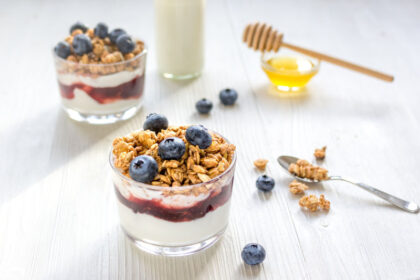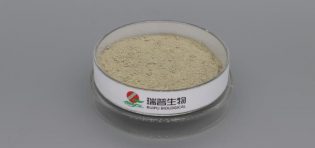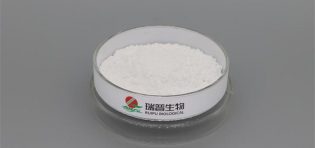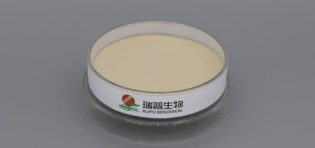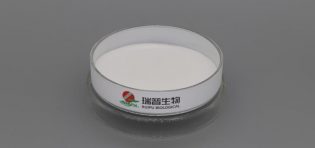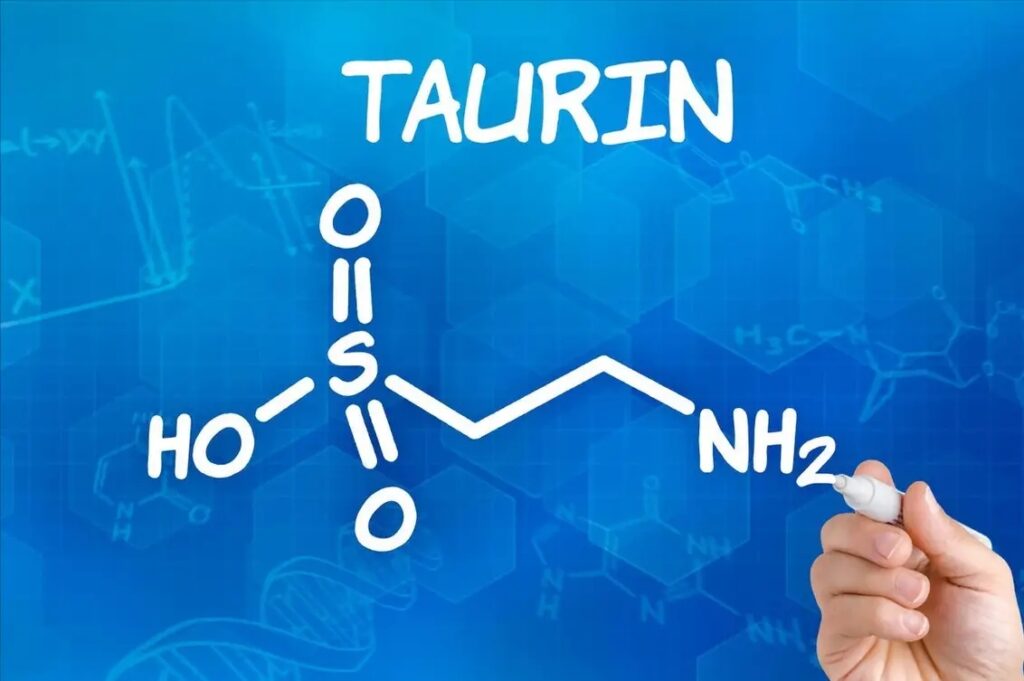
The technical requirements for pure taurine powder encompass several aspects, including purity, particle size, organic chlorine content, moisture content, physical properties, chemical stability, and safety. During production and use, relevant standards and regulations should be strictly followed to ensure product quality and safety.
Pure taurine powder should be a white or off-white crystalline or crystalline powder, odorless, and slightly acidic in taste. Regarding physical properties, the product’s color, odor, and taste should meet standard requirements. It has good chemical stability, showing high stability against environmental factors such as acids, alkalis, and heat, which helps ensure the product maintains its performance and efficacy during storage and use. According to the Chinese Pharmacopoeia 2020 edition standards, pharmaceutical excipient-grade taurine requires a taurine (C2H7NO3S) content of not less than 98.5%. This means that the purity of pure taurine powder should at least meet this standard to ensure its quality and effectiveness.
The particle size of taurine can be customized according to customer requirements, with common specifications being 5μm, 10μm, and 20μm, to meet different usage requirements. During preparation, particle size distribution needs to be controlled to ensure product consistency and stability.
Organic chlorine content is an important technical indicator for pure taurine powder. Typically, the organic chlorine content should be less than 0.1% to ensure the quality and safety of taurine. Excessive organic chlorine content could affect the product's performance and effectiveness.
The moisture content in taurine is usually minimal, but it is still necessary to check the moisture content during use. The moisture content should be less than 5% to ensure the quality and performance of taurine. Excessive moisture content may cause the product to clump and deteriorate.
As a food additive and pharmaceutical excipient, the safety of taurine is critical. During production, strict control over raw material sources, production processes, and product quality is required to ensure the product meets relevant safety standards and regulations. During use, relevant safety operating procedures and precautions should also be followed.




